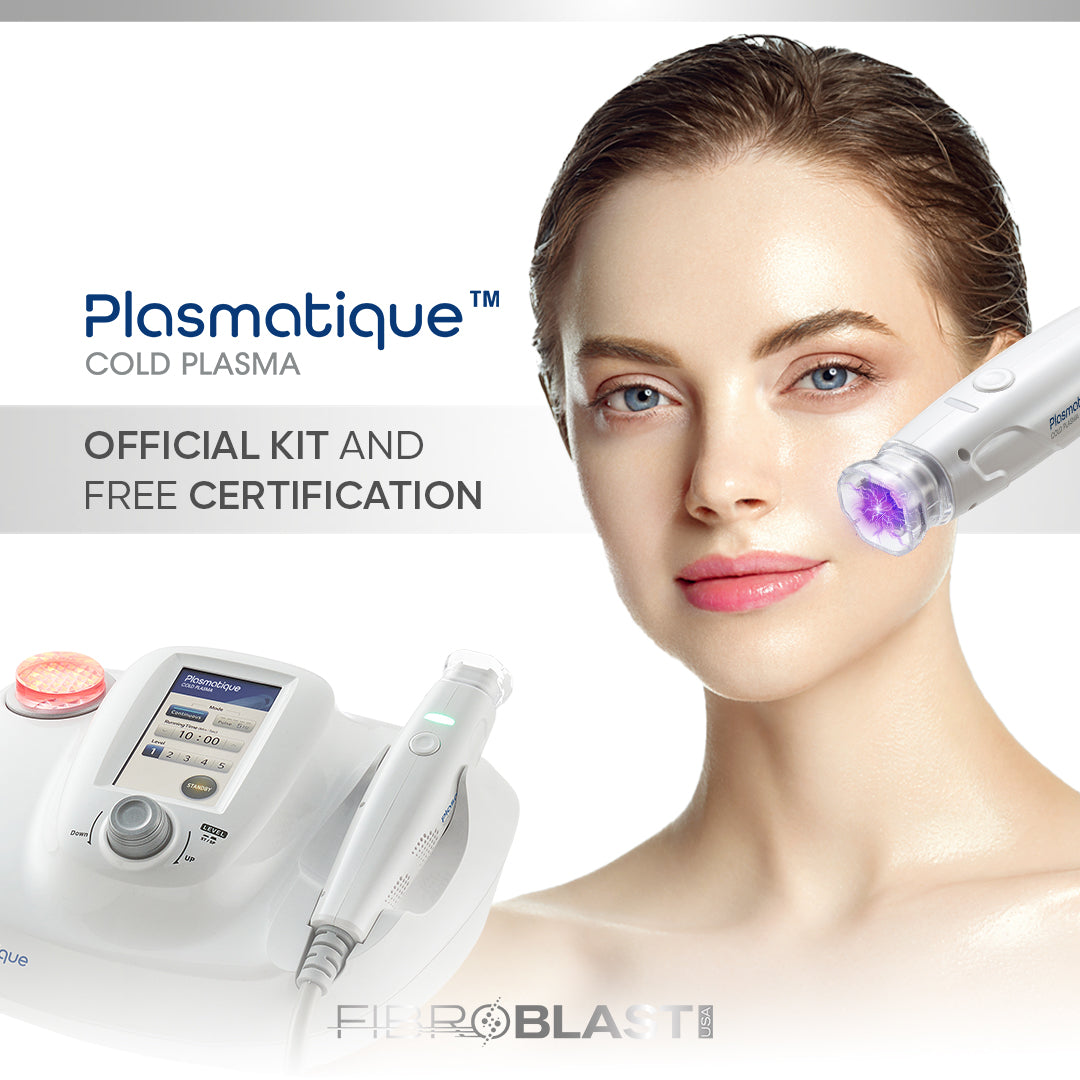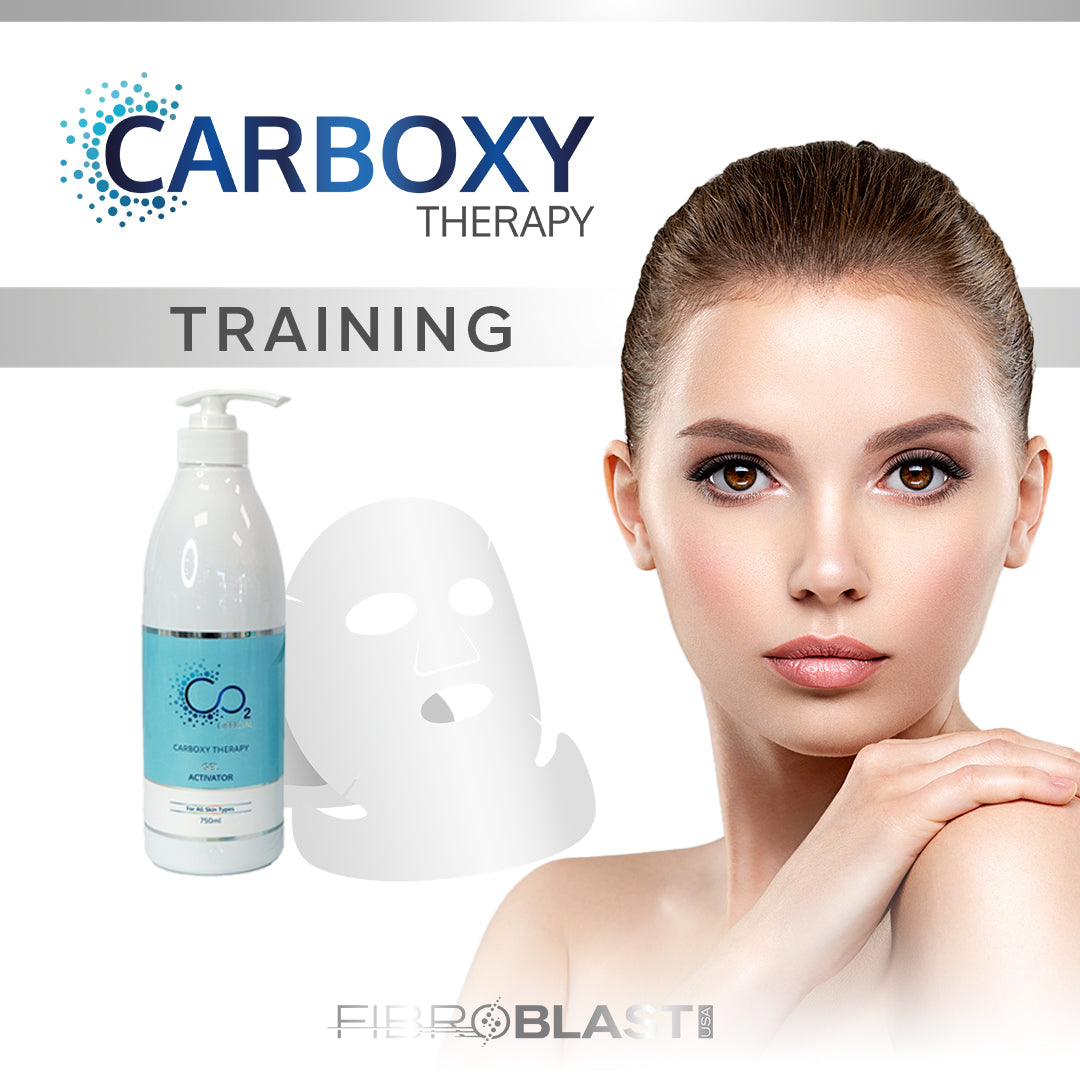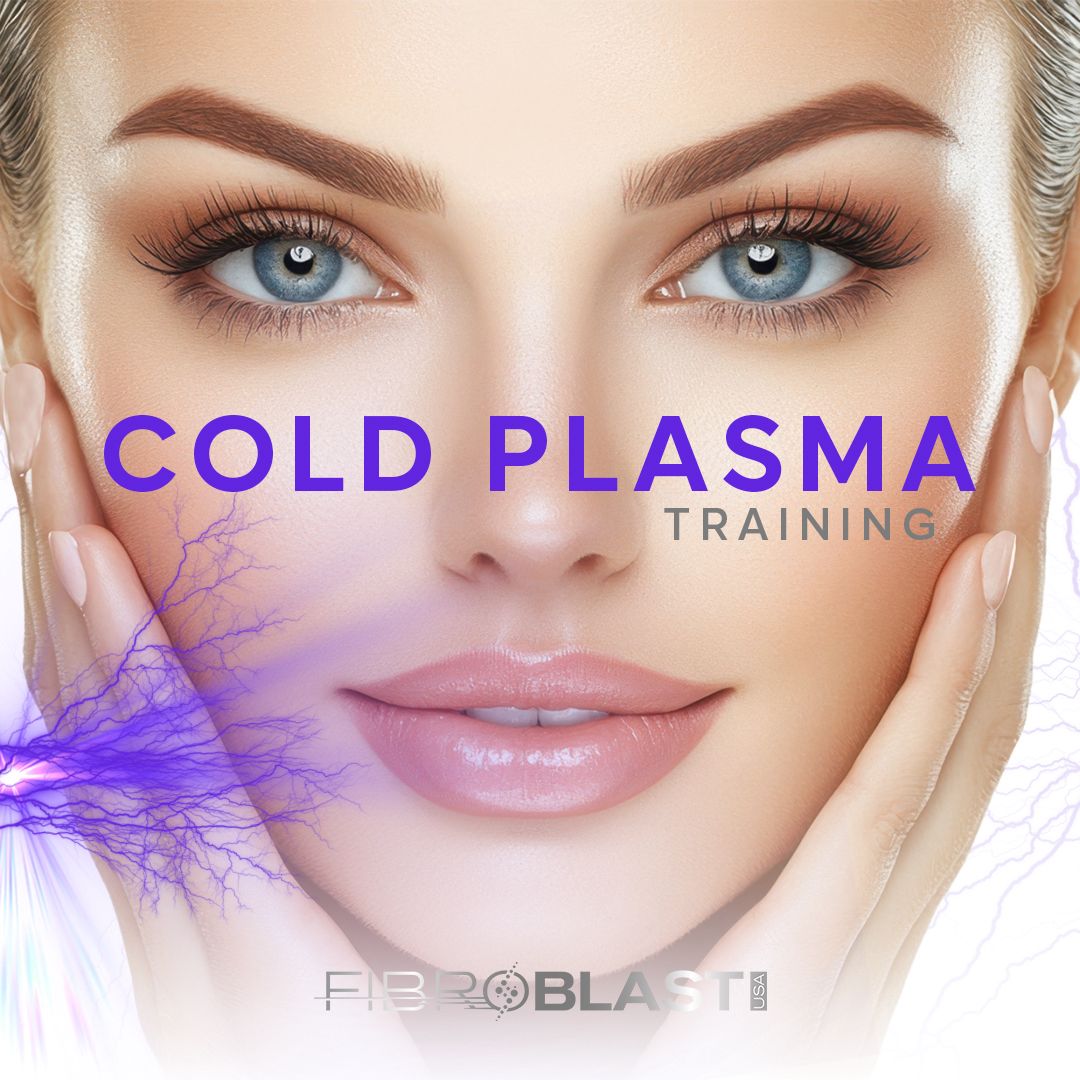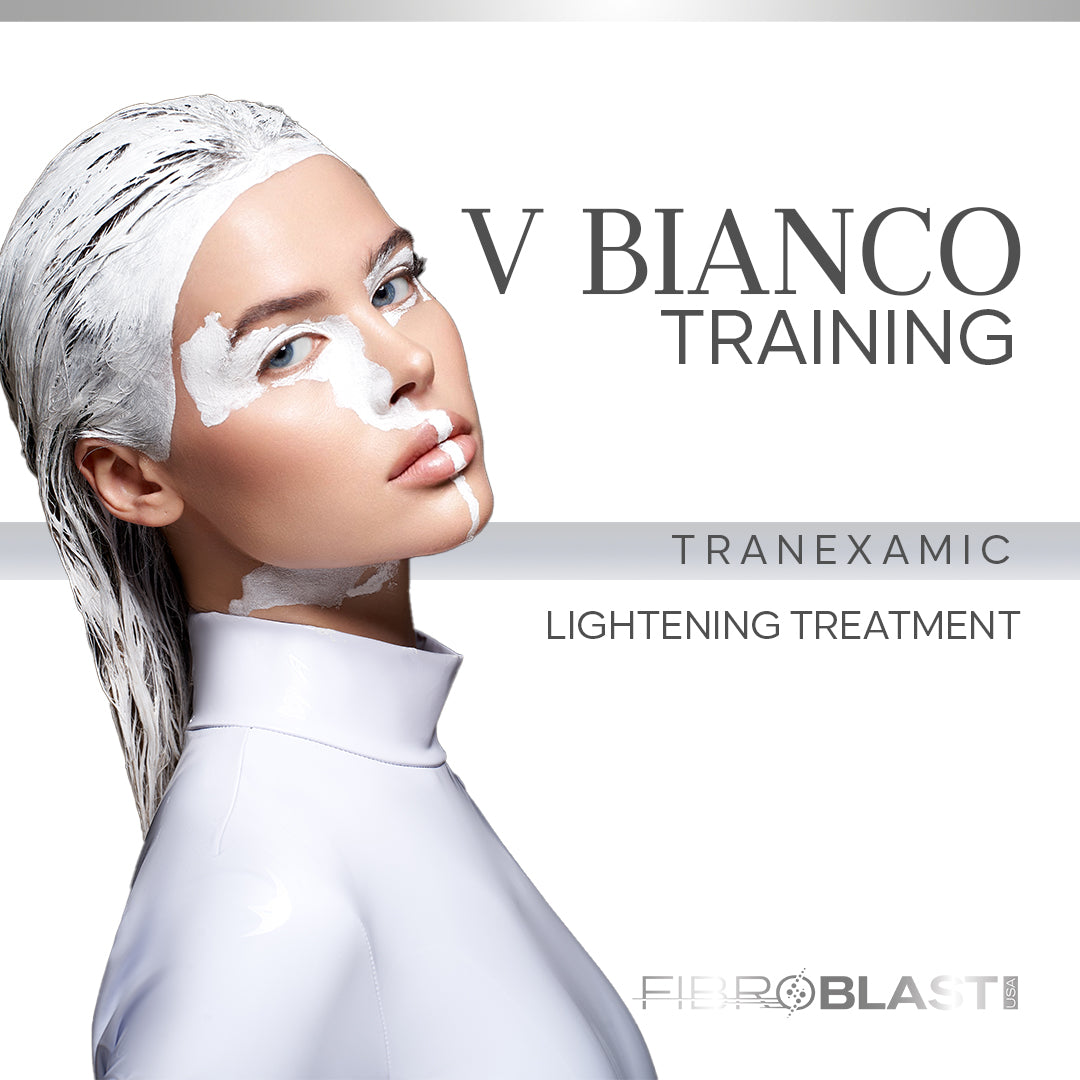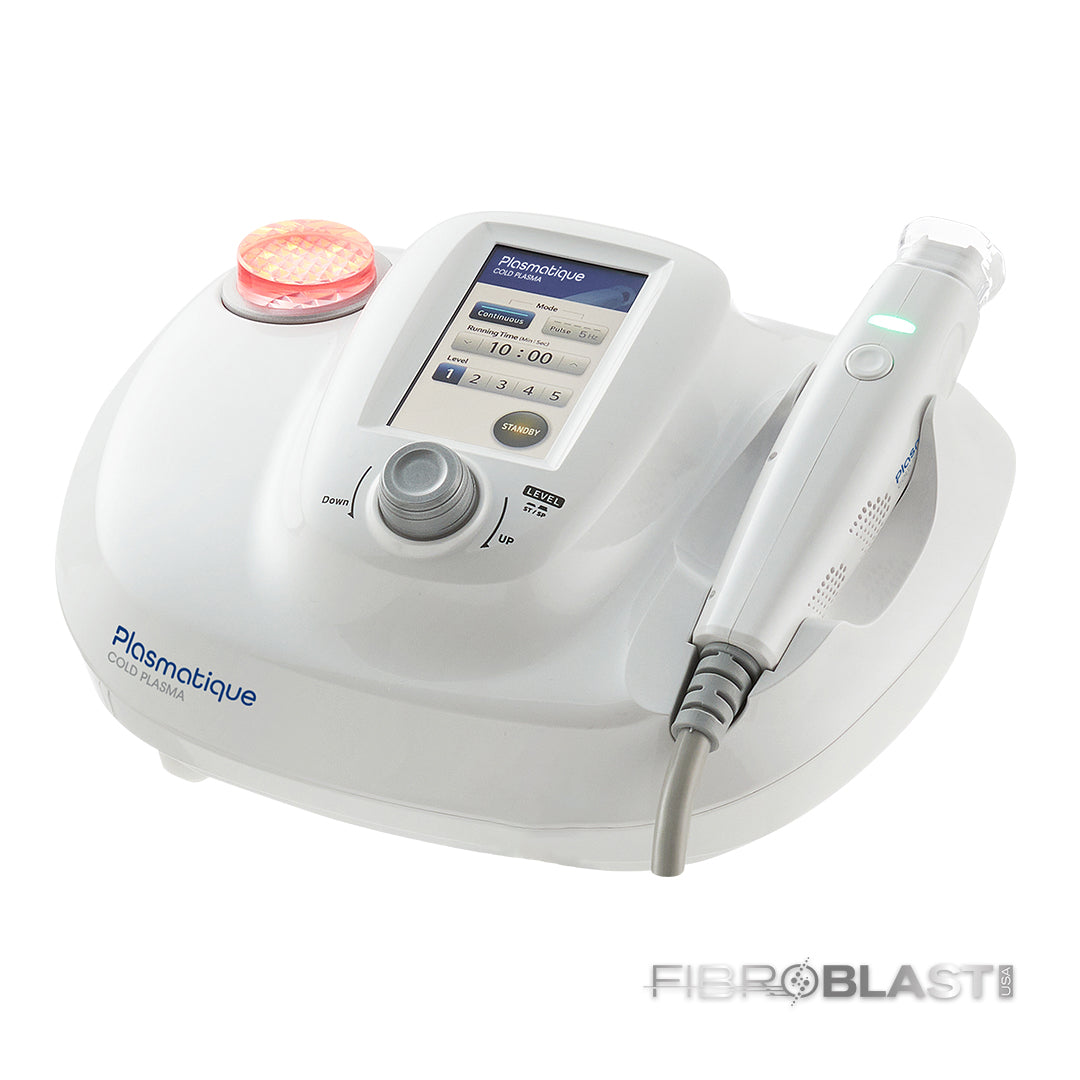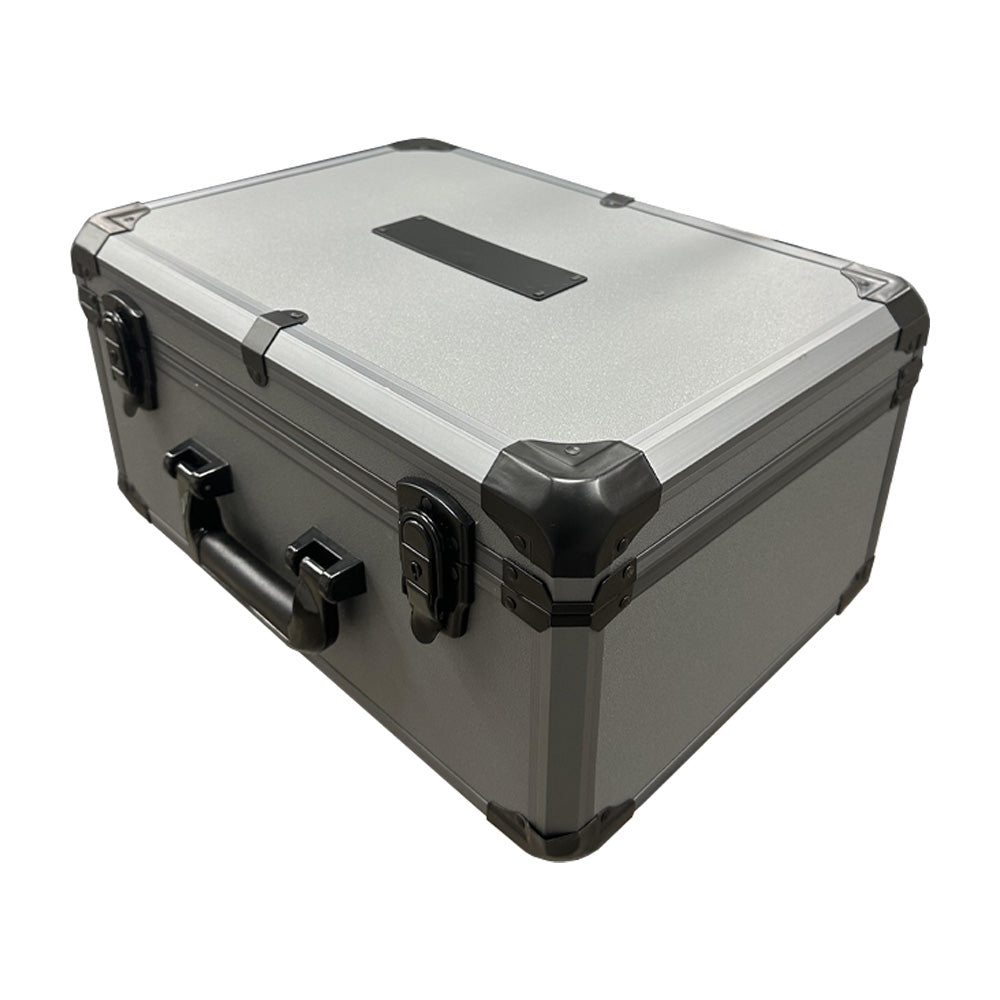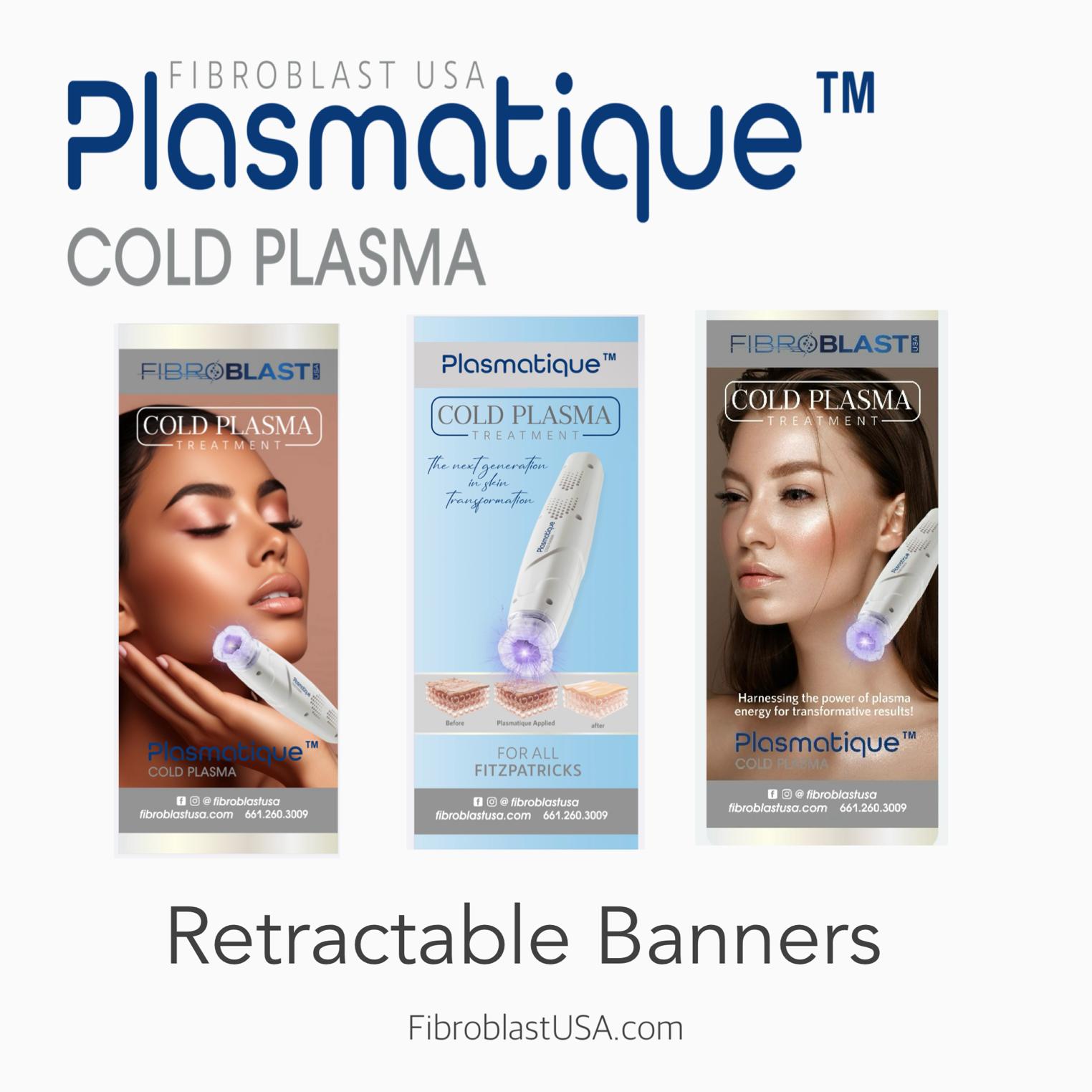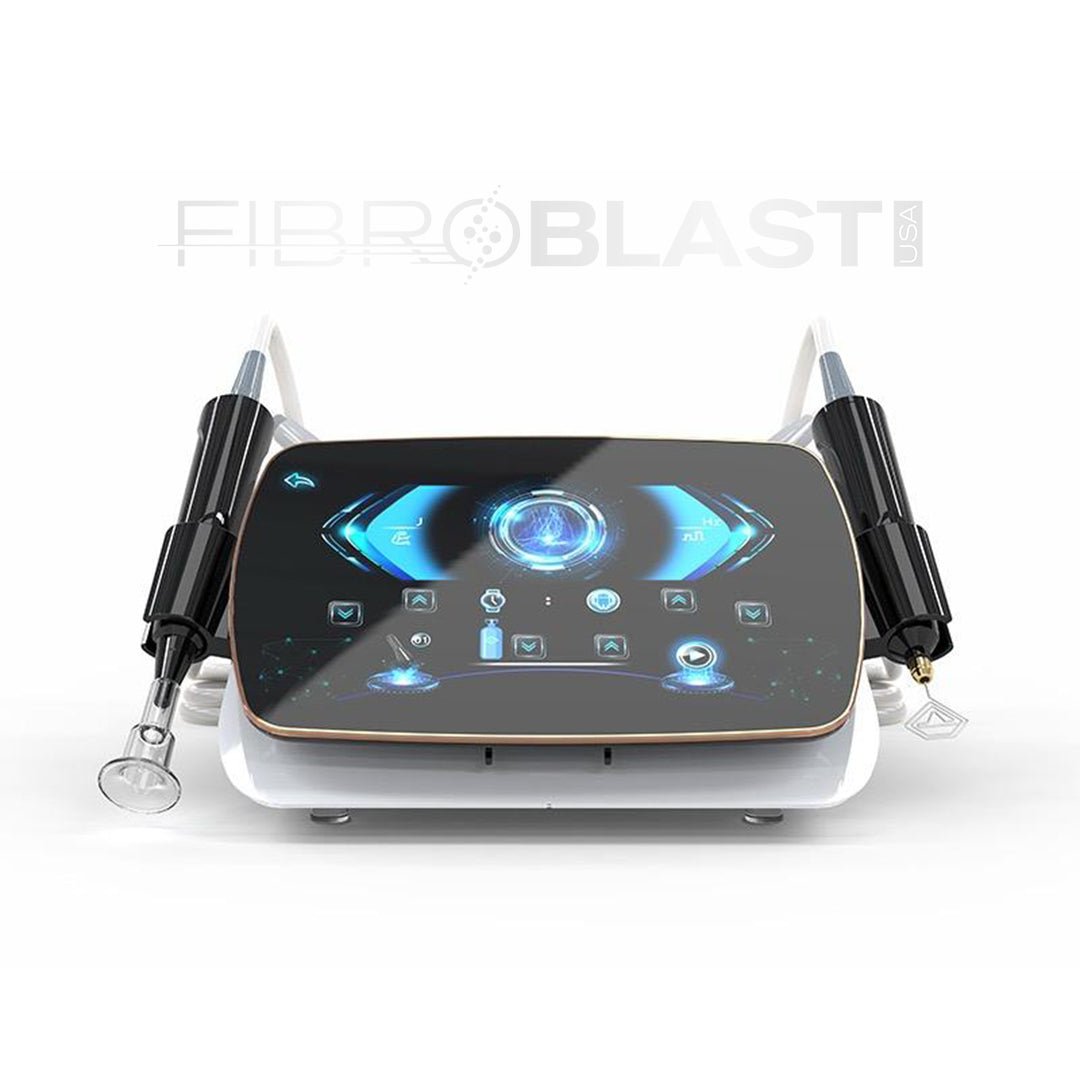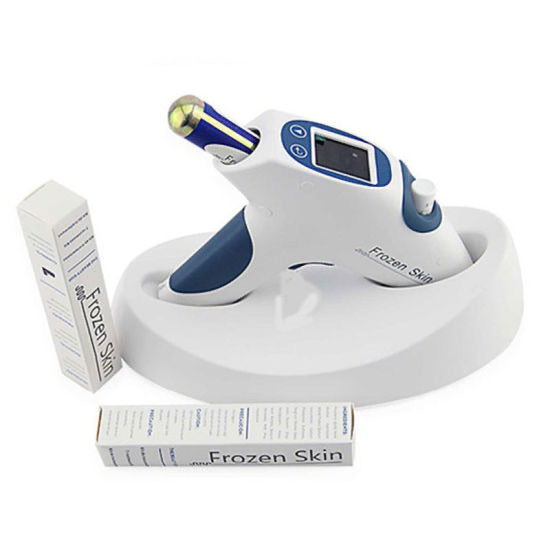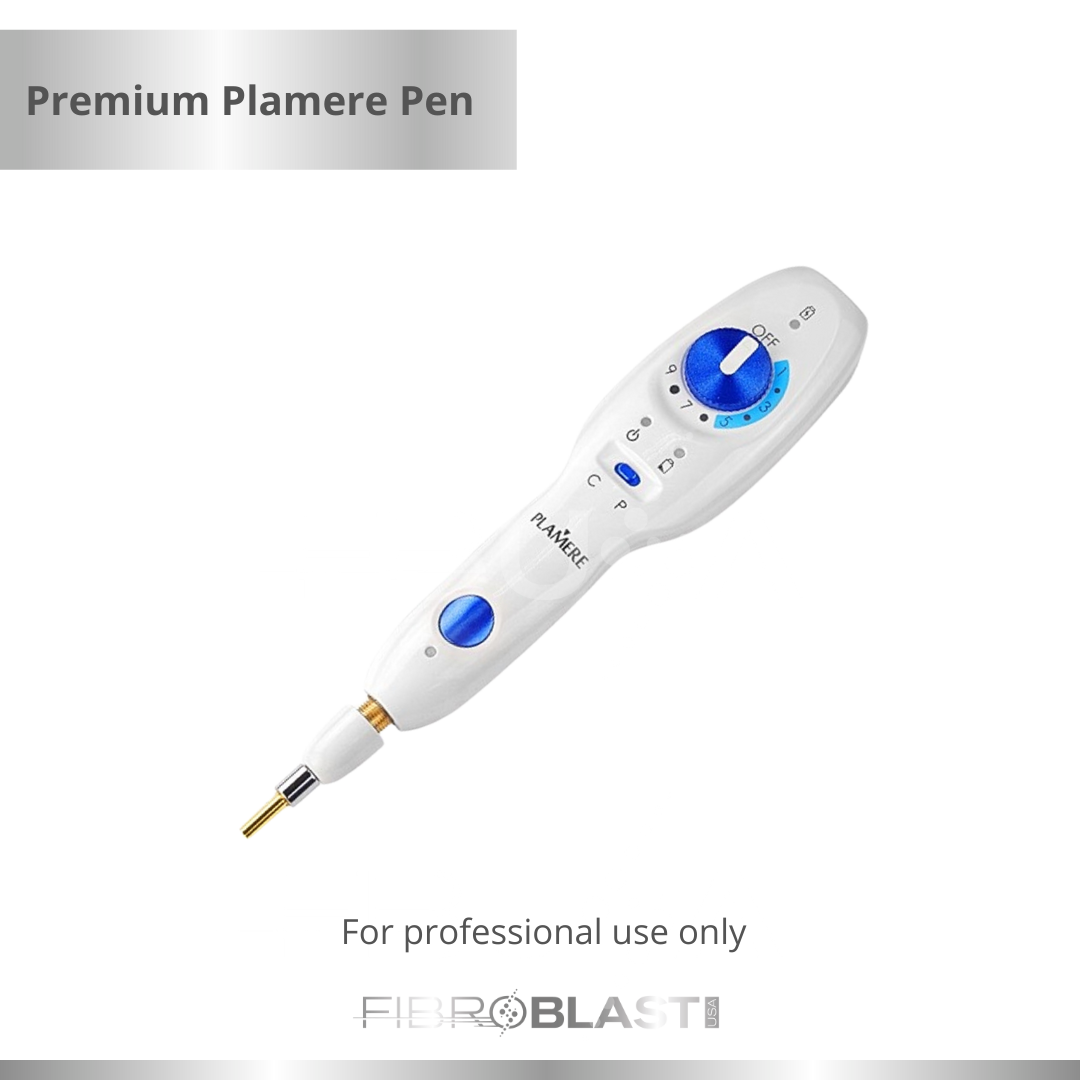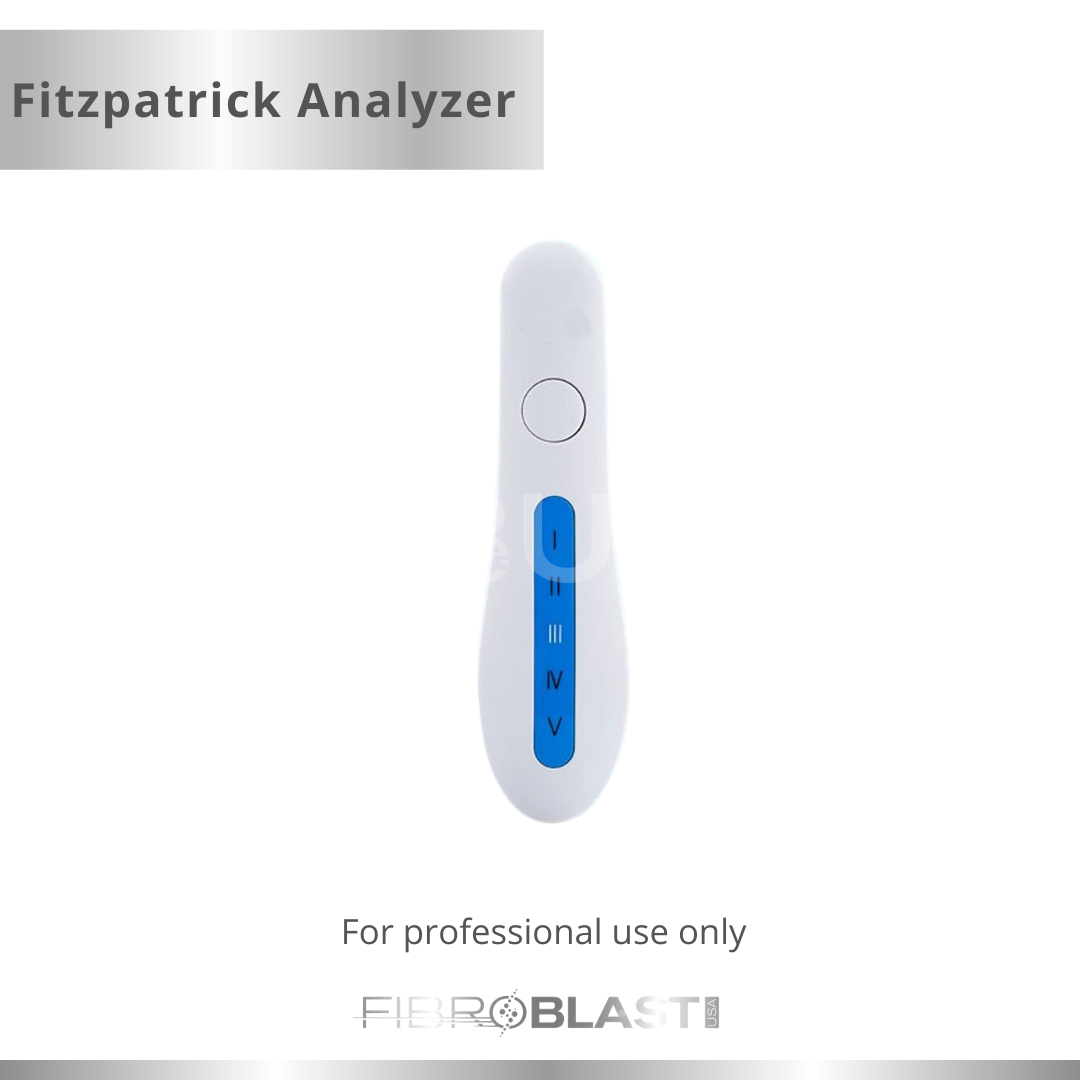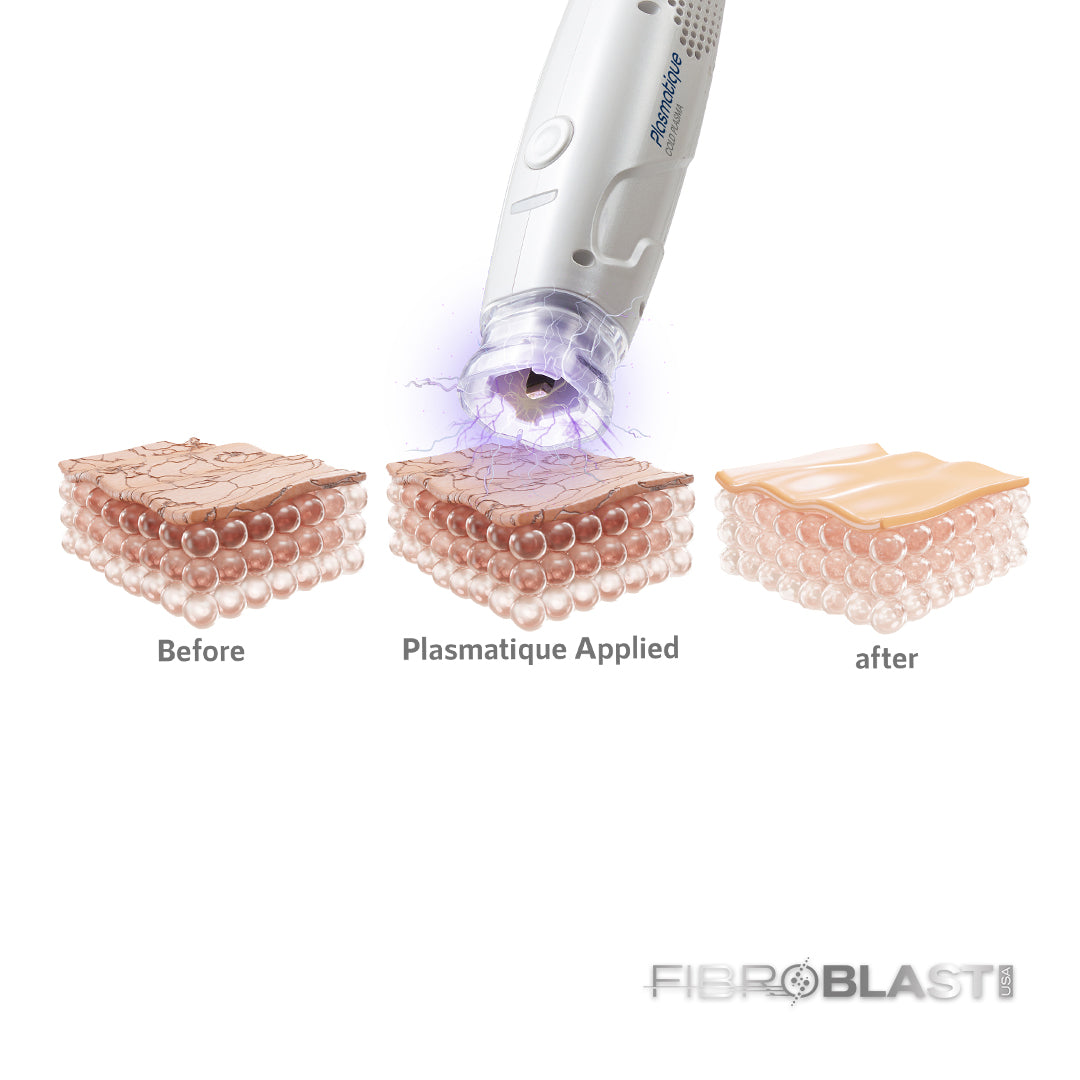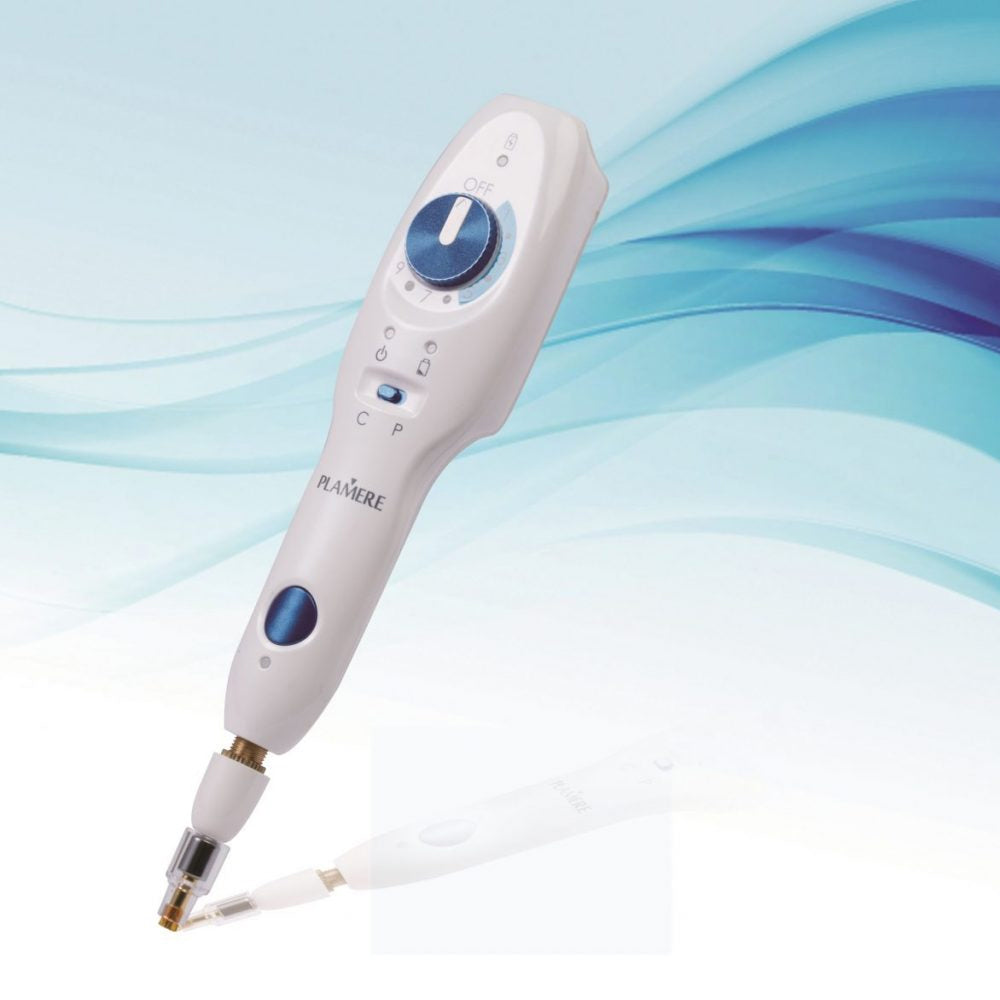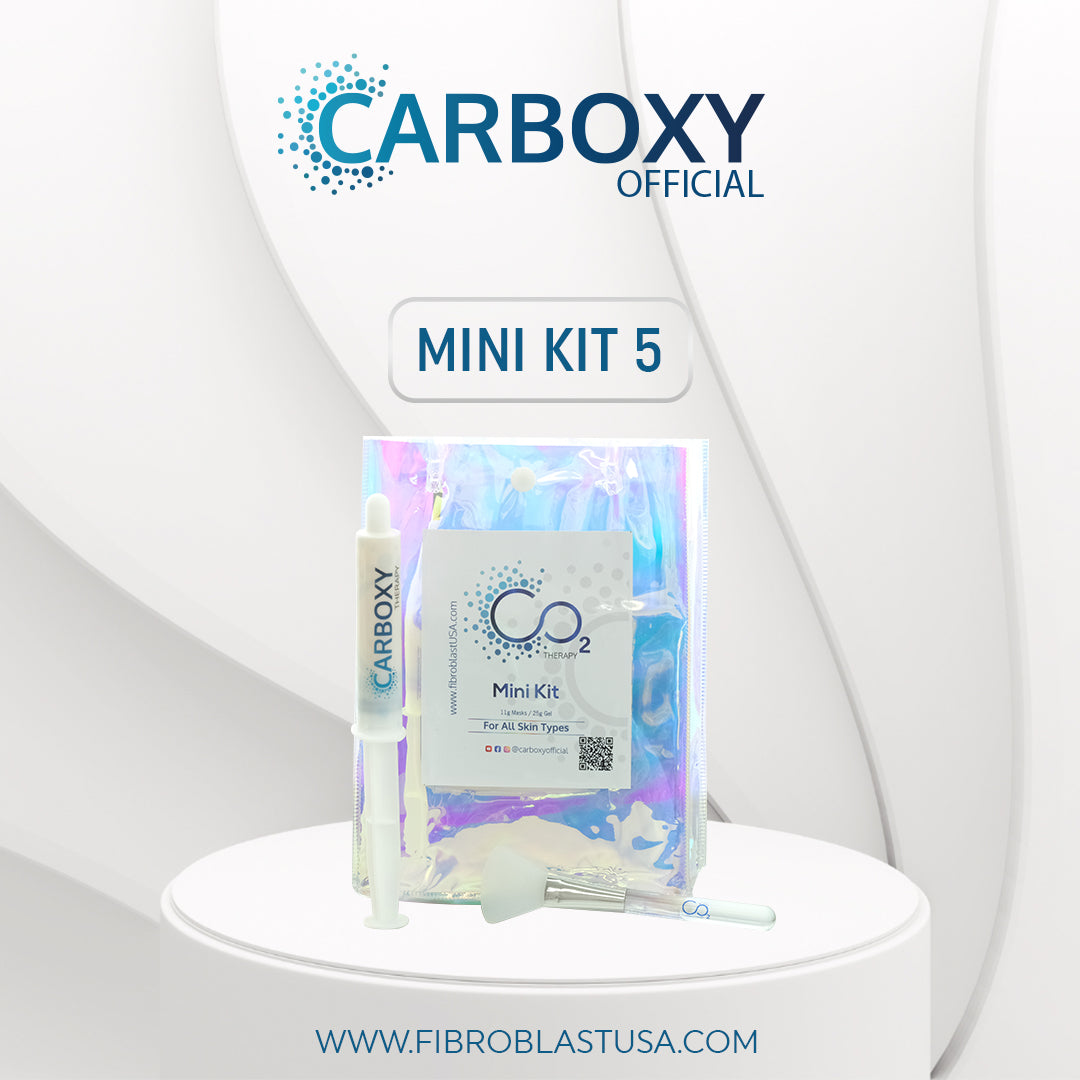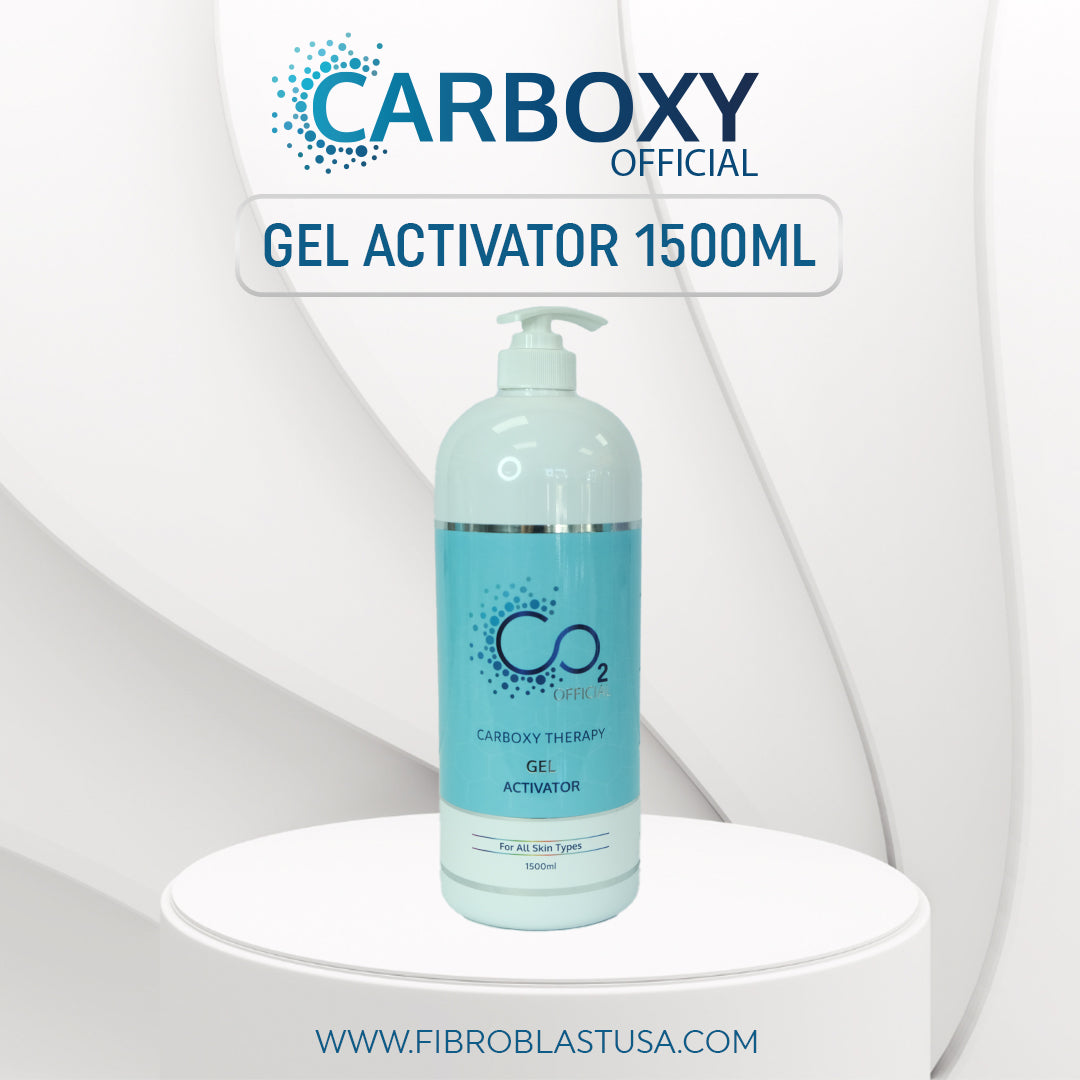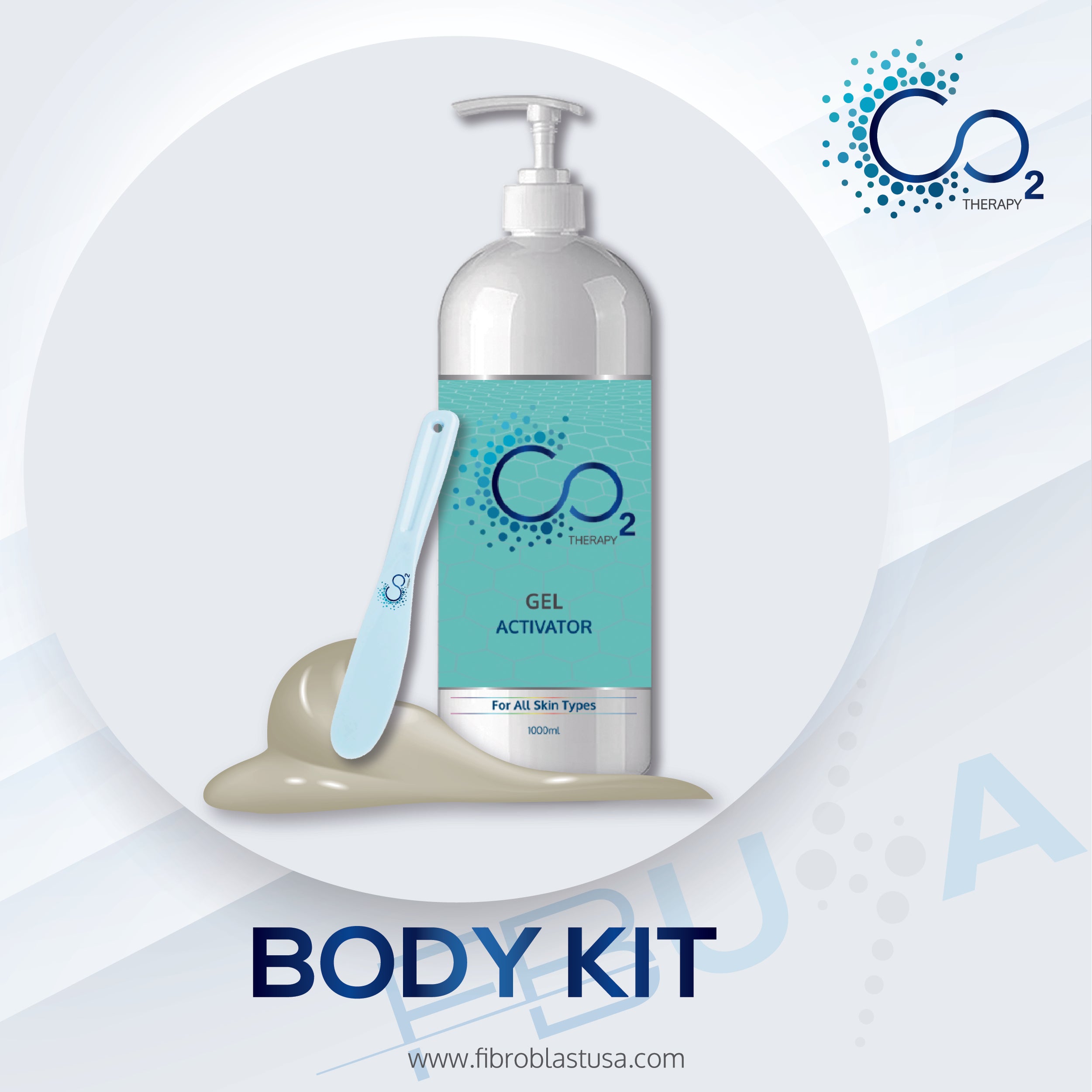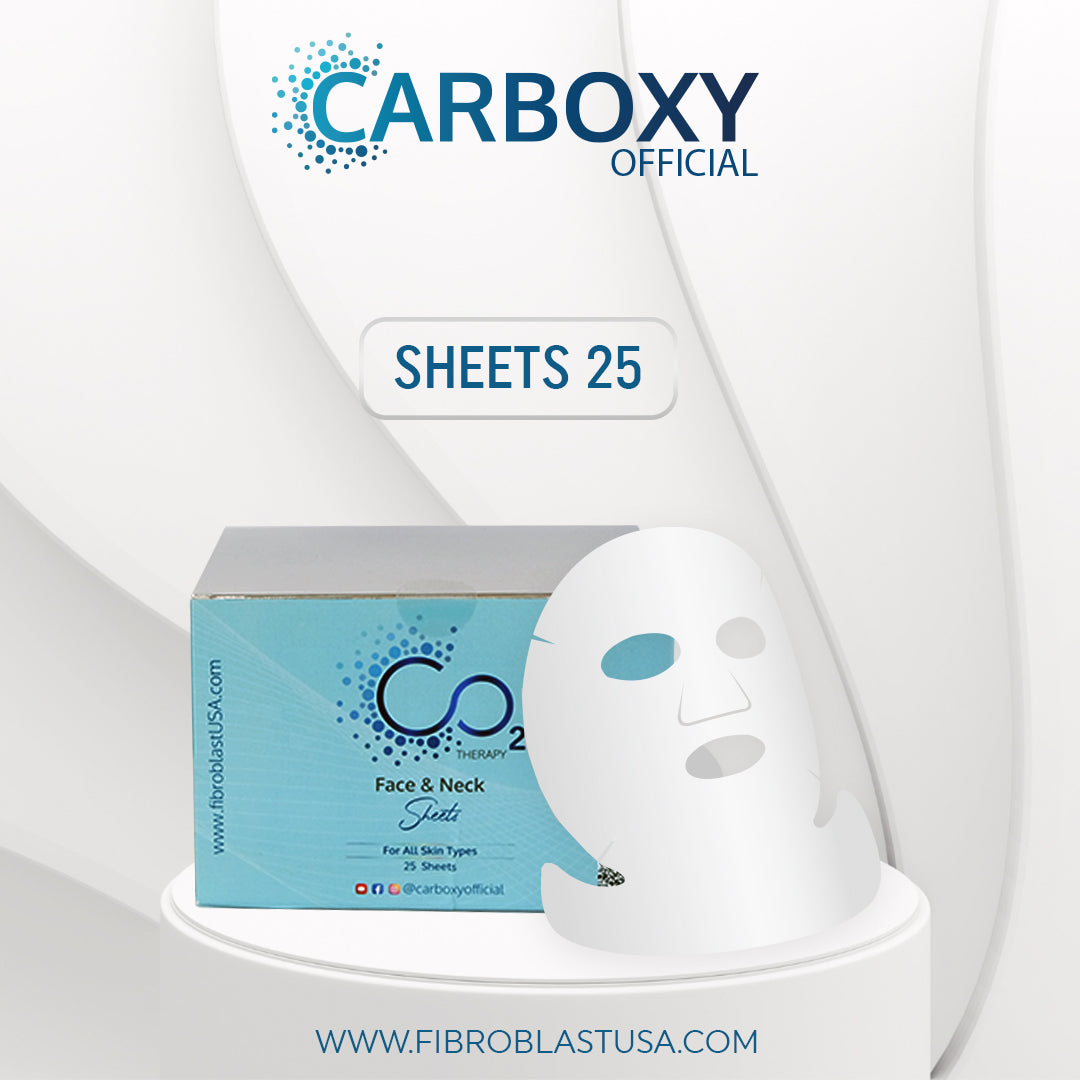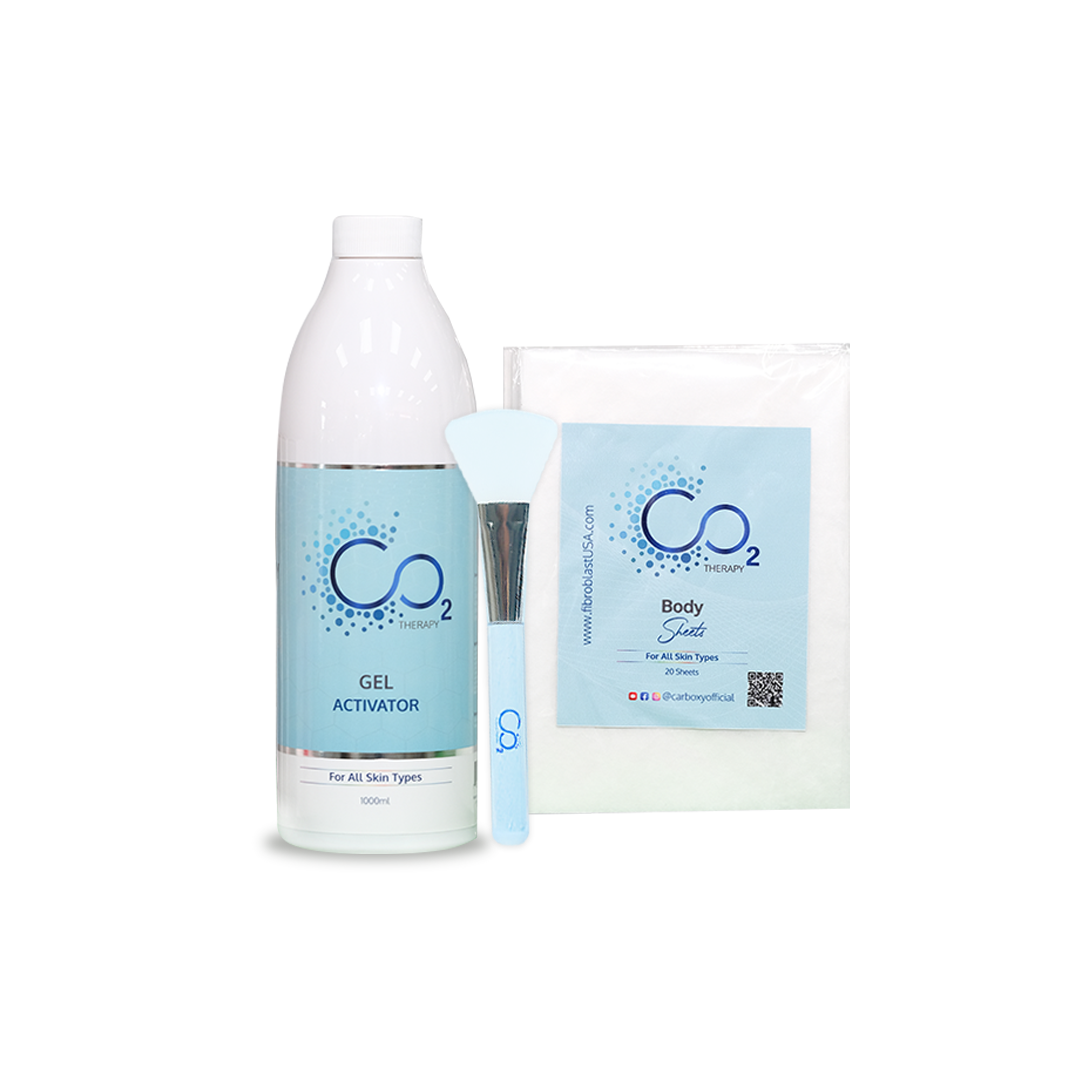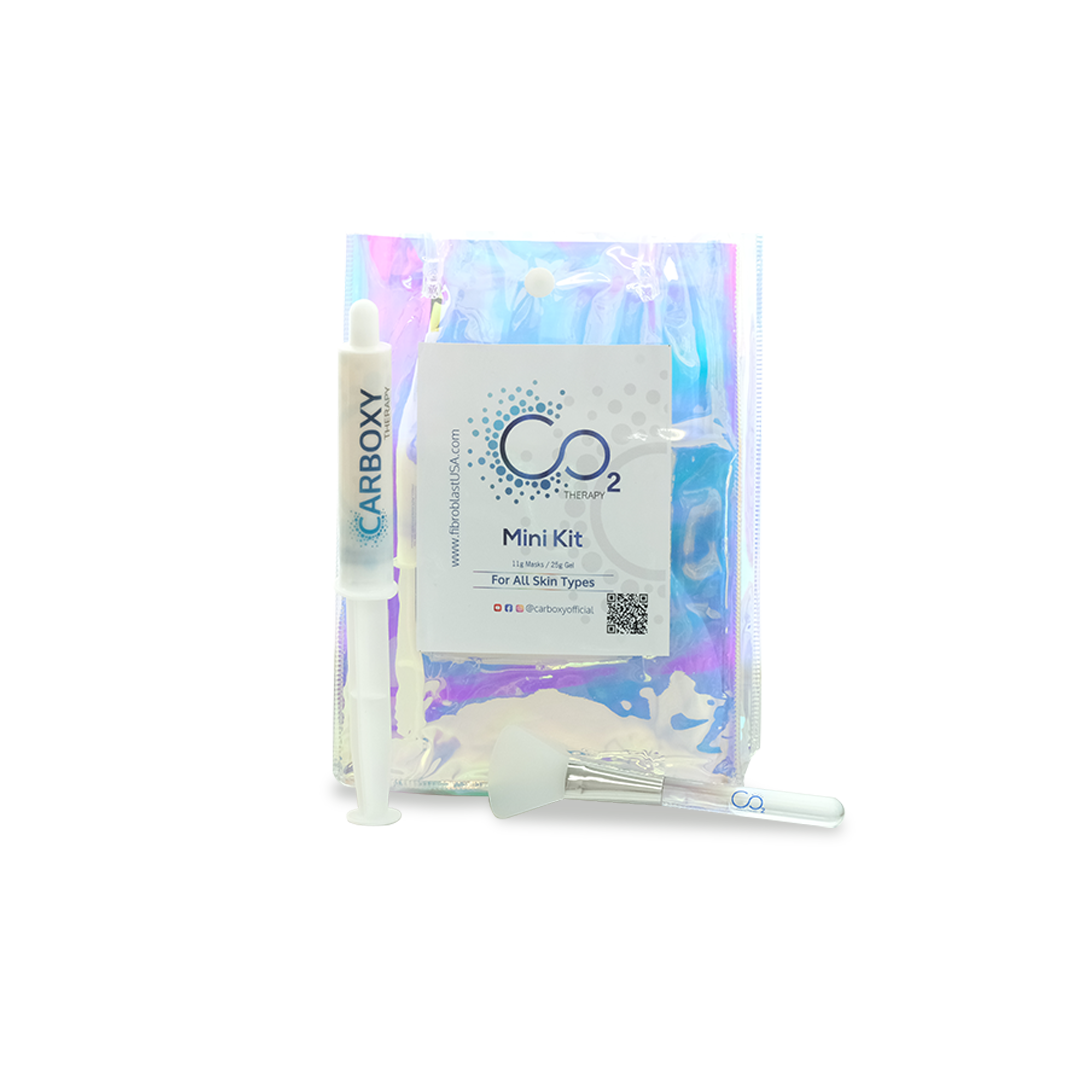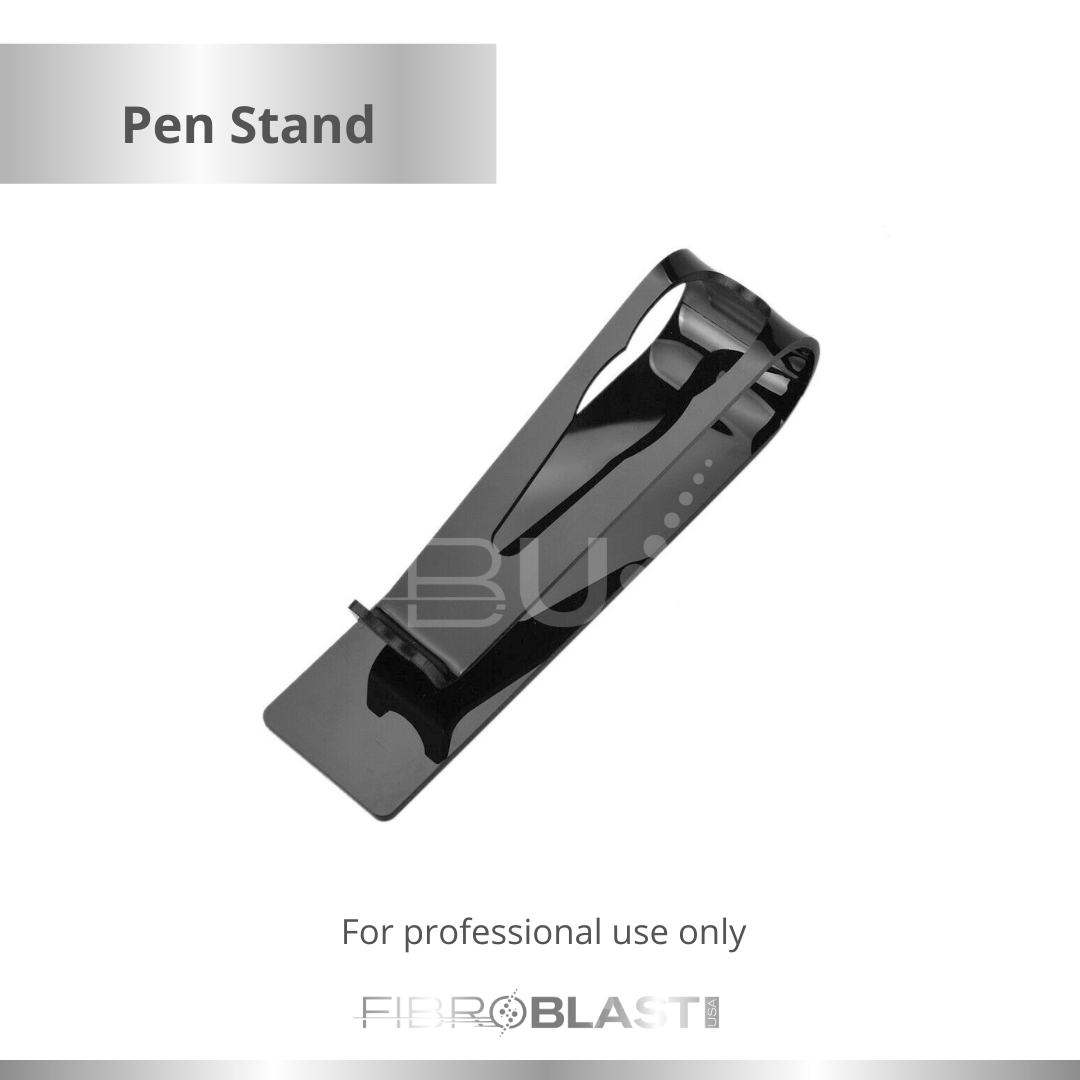Like other developments in modern skincare, scientific advancements continue to yield exciting discoveries that promise greater safety and efficiency in rejuvenating the skin. One such development is cold plasma technology-an evolutionarily non-thermal treatment recognized by medicine and breaking records for its regenerative and anti-aging advantages. Here at FibroblastUSA, we are thumping our drums for offering this innovational high-tech solution among our aesthetic non-invasive treatments.

What Is Cold Plasma? A Scientific Overview
To put it simply, cold plasma would be defined as the fourth state of matter, as well as solids, liquids, and gases. It is partially ionized gas filled with reactive charged particles such as electrons, ions, and neutral atoms. The most interesting aspect of cold plasma is that it is based on non-equilibrium ionized gas: because of this, the excited electrons can produce an output of energy within a low-temperature environment.
In contrast to hot plasma found in the brightness of stars or during lightning, this type operates at optimal room temperature. Although it is practical at room temperature, it is a very delicate application, such as skin therapy. Cold Plasma is produced by applying an electrical discharge ionization of ambient gases at slightly controlled atmospheric pressures, typically via dielectric barrier discharge or gas jet plasma systems.
How Cold Plasma Interacts With Human Skin
Reactive oxygen and nitrogen species (ROS and RNS) are produced by cold plasma. The development of these reactive substances involves healing approaches in therapy. They stimulate their endothelial cells to produce collagen and regenerate cells. The tissue regeneration can be significant at reduced oxidative stress because it occurs from the medium range of ROS and RNS concentrations, improving skin tone and quality.
These reactive species also exhibit the plasma-induced healing benefits in wounds concerning cleaning the surface of the skin, reducing inflammation, and increasing blood perfusion during the healing process. Recently, such approaches have shown promise in the recovery of chronic wounds and even selectively targeting abnormal cells in cold plasma tumor treatment trials.
Clinical and Cosmetic Applications in Dermatology
Non-invasive and non-thermal features of cold plasma thus make it versatile. Cold plasma does not cause burning towards the skin; hence, it is directly beneficial in treatment for:
- Acne and rosacea
- Eczema and psoriasis
- Wrinkle reduction and skin laxity
- Scar tissue remodeling
- Fibroblast skin tightening
Cold plasma's electrically generated plasma at ambient conditions ensures safety for many skin types, contrary to laser therapies. Devices such as plasma jets and compact medical devices allow the exact application of plasma bullets to treat specific layers without coming in direct contact with the same.
Ongoing clinical trials, including the PlasmaMED lab and PlasTHER research network, continue to validate its use in dermatology and oncology.
The FibroblastUSA Approach to Cold Plasma Rejuvenation
At FibroblastUSA, application of this non-thermal plasma discharge technology into skin rejuvenation protocol is adopted. Laser-generated cold plasma systems, or plasma at atmospheric pressure, in our device offer individualized treatments for each client addressing unique skin concerns.
What sets us apart:
- Professional-grade cold plasma devices
- Licensed clinicians trained in cold plasma protocols
- Non-invasive, no-downtime treatments
- Visible improvements in elasticity, pigmentation, and scarring
Refreshingly glowing skin is often mentioned by our clients after relatively fewer sessions compared with conventional methods.
Is It Safe? Here's What Research Says
Cold plasma treatment has undergone trial after trial in peer-reviewed studies and, as per a publication of the Journal of Clinical Plasma Medicine, low-temperature plasma has shown great efficacy in microbial decontamination, wound healing, and non-invasive plasma tumor therapy with negligible damage to the surrounding normal tissue.
The non-toxic residue of the plasma treatment along with the capacity of action designed at cellular stimulation makes this an ideal tool for sensitive skin types. Another on-going clinical trial using plasma means to treat solid tumors extends its safety profile even further into oncology.
How Cold Plasma Compares to Other Technologies
Cold plasma does not ignite nor scar a skin, as ablative lasers or chemical peels do, and is really more accurate and much less injurious. It is simply safe, controllable laboratory plasma system resource developed to apply on cosmetic safe use due to lack of thermal damage, chemical residue, and immediate antimicrobial effects.
In comparison with high-energy systems, cold plasma:
- Produces ion recombination suppression for targeted therapy
- Triggers electron-ion correlation to support skin healing
- Uses optical phase-space diagnostics for monitoring dosage
These attributes allow us to deliver effective treatments without risk of overheating or damage.
Conclusion: Why Cold Plasma Matters for Your Skin
Its good evidence is being substantiated by more research; cold plasma now poses as a very easy and handy modality for skin rejuvenation. The ability, scientifically proven, to enhance fibroblast activities, sterilize skin surfaces, and rejuvenate tissues without pain or time off renders this a quintessential future-ready skincare regimen.
At FibroblastUSA, we are committed to making this technology available in a safe and effective manner to bring you young, beautiful, healthy skin based on real science and not hype.
Frequently Asked Questions (FAQs)
1. What are the basics of cold plasma?
Cold plasma is defined as a partially ionized gas that comes into existence through strenuous collisions between electrons, ions, and neutral atoms. Unlike the hot plasma observed in stars or fusion reactors, cold plasma exists at relatively low temperatures and hence finds many biological and aesthetic applications. Cold plasma methods generate reactive oxygen and nitrogen species (ROS and RNS) capable of inducing tissue regeneration and exhibiting sterilizing and anti-aging effects on the skin, without damage to adjacent tissue.
2. How do you generate cold plasma?
Cold plasma is often prepared by a high-voltage applied field on normally neutral gases like argon, nitrogen, or oxygen at or nearest to atmospheric pressure. The gas is ionized to create plasma from that point. Plasma jets, dielectric barrier discharge (DBD) systems, and laser cold plasma systems are the most common technologies. They would provide a non-thermal discharge in a controlled manner; hence the applications would seem good for medicals and cosmetics.
3. What are the benefits of cold plasma?
In that regard, cold plasma proves very useful in medicine and in aesthetic applications. In dermatology, cold plasma can enhance fibroblast activity, stimulate collagen production, disinfect the surface of the skin, and facilitate the healing of chronic wounds, acne, and rosacea, in addition to applications in skin tightening procedures, including scar remodeling. On the medical side, research is currently investigating its uses for smart bomb cancer targeting and tumor treatments.
4. How can plasma be cold?
Although high plasma is commonly understood to mean much temperature; cold plasma is cold, because only its electrons have very high energies; the rest of the gas still resides near room temperature, hence the term non-equilibrium plasma, permitting safe contact with skin and tissue, attributes that truly make it special for applications in aesthetic medicine, food safety, and atmospheric science.



